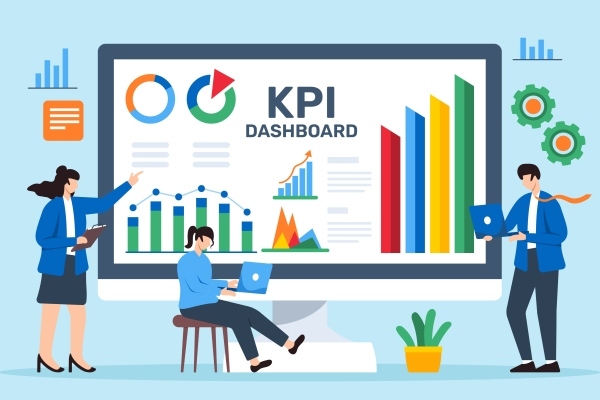
The Importance of Personalisation in Digital Marketing
Personalisation in digital marketing means tailoring content, messages, and recommendations to individual customers based on their unique needs and preferences. This approach is crucial in today’s marketing landscape because customers expect personalised experiences from brands. By using data and technology, businesses can create customised experiences that build stronger customer relationships, increase engagement, and drive better results from marketing efforts. Some benefits of personalisation include higher conversion rates, improved customer loyalty, and better returns on investment. By understanding customer behaviours and preferences, businesses can create targeted messaging and offers that resonate with their audience and encourage them to take action.
Enhancing Customer Experience
Personalised communication has become a vital aspect of digital marketing, as it significantly impacts customer satisfaction and loyalty. By tailoring messaging and experiences to individual customers based on their behaviour and preferences, businesses can create a more engaging and relevant experience. This, in turn, leads to increased customer retention and advocacy.
Email marketing and social media are prime examples of personalised communication in digital marketing. By segmenting their email lists based on factors such as purchase history or browsing behaviour, businesses can craft targeted messages with personalised recommendations or special offers. Similarly, social media platforms allow businesses to target specific demographics or interests with tailored ads and posts.
Improving Campaign Effectiveness
Dynamic content, which adapts to individual users based on their behaviour, preferences, and interests, is a powerful tool in personalisation. It allows businesses to create customised experiences for each user, making them feel understood and valued. For example, a travel company might display different destination suggestions based on a user’s search history or location.
Retargeting is another effective way to convert interested visitors into paying customers. By serving personalised ads to users who have previously interacted with a brand’s website or content, businesses can re-engage them and guide them towards conversion. Retargeting campaigns often see higher click-through rates and conversion rates compared to standard display ads.
To optimise personalised campaigns, A/B testing and multivariate testing are essential. These methods allow businesses to experiment with different variations of creative assets, calls-to-action, and other elements to determine which performs best for different segments of their audience. By continuously iterating and refining their campaigns, businesses can maximise their ROI and achieve greater success in their digital marketing efforts.
Data Collection and Analysis
Effective personalisation requires accurate and comprehensive data collection and analysis. By gathering information about individual customers, businesses can gain insights into their preferences, behaviours, and needs, allowing for the creation of tailored experiences that drive engagement and conversions.
Various types of data can be collected, including demographic, behavioural, and transactional data. Demographic data includes information such as age, gender, income, and occupation, while behavioural data encompasses actions taken on a website, such as pages visited, searches conducted, and buttons clicked. Transactional data, on the other hand, involves information related to purchases, such as order history and payment method.
Fortunately, there are numerous tools and technologies available to help businesses manage and analyse their data. Customer relationship management (CRM) systems, data management platforms (DMPs), and marketing automation software are just a few examples. These solutions enable businesses to collect, store, and process large amounts of data, as well as create and deploy personalised campaigns across various channels. By leveraging these resources, businesses can optimise their data collection and analysis processes, paving the way for highly effective personalisation strategies.
Best Practices
Implementing personalisation successfully requires careful consideration and planning. Here are some best practices to follow:
- Start small and scale gradually: Begin by personalising a single element, such as product recommendations, and gradually expand to other areas, like content and search results. This approach helps you identify and address any issues before scaling up.
- Be transparent about data collection and use: Clearly communicate what data you’re collecting, why, and how it will be used. Provide users with easy-to-understand privacy policies and give them control over their data.
- Continuously test and refine personalised campaigns: Regularly evaluate the performance of your personalised campaigns and make adjustments as needed. Test different approaches, offers, and content to ensure you’re delivering the most relevant experiences possible.
In summary, personalisation is a crucial element in digital marketing that can significantly enhance customer engagement, loyalty, and ultimately, conversions. By tailoring content, messaging, and offers to individual customers based on their unique preferences, behaviours, and interests, businesses can establish strong connections and foster long-term relationships. However, it’s important to balance personalisation with privacy concerns, being transparent about data collection and use, and providing users with control over their information.







